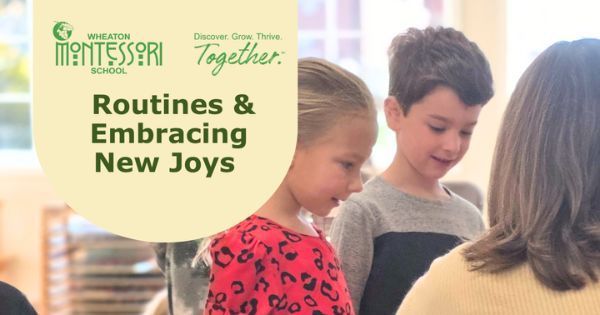The Goals of a Montessori Teacher
April 20, 2023

From “Tomorrow’s Child”:
“Montessori Guides Have Five Basic Goals:
To awaken the child’s spirit and imagination;
To encourage his normal desire for independence and high sense of self-esteem;
To help him develop the kindness, courtesy, and self-discipline that will allow him to become a full member of society;
To help children learn how to observe, question, and explore ideas independently;
And, having created a spirit of joyful learning, to help the child to master the skills and knowledge of their society.”
“Tomorrow’s Child,” Volume 8, Number 5, 2000. Pg. 17.


